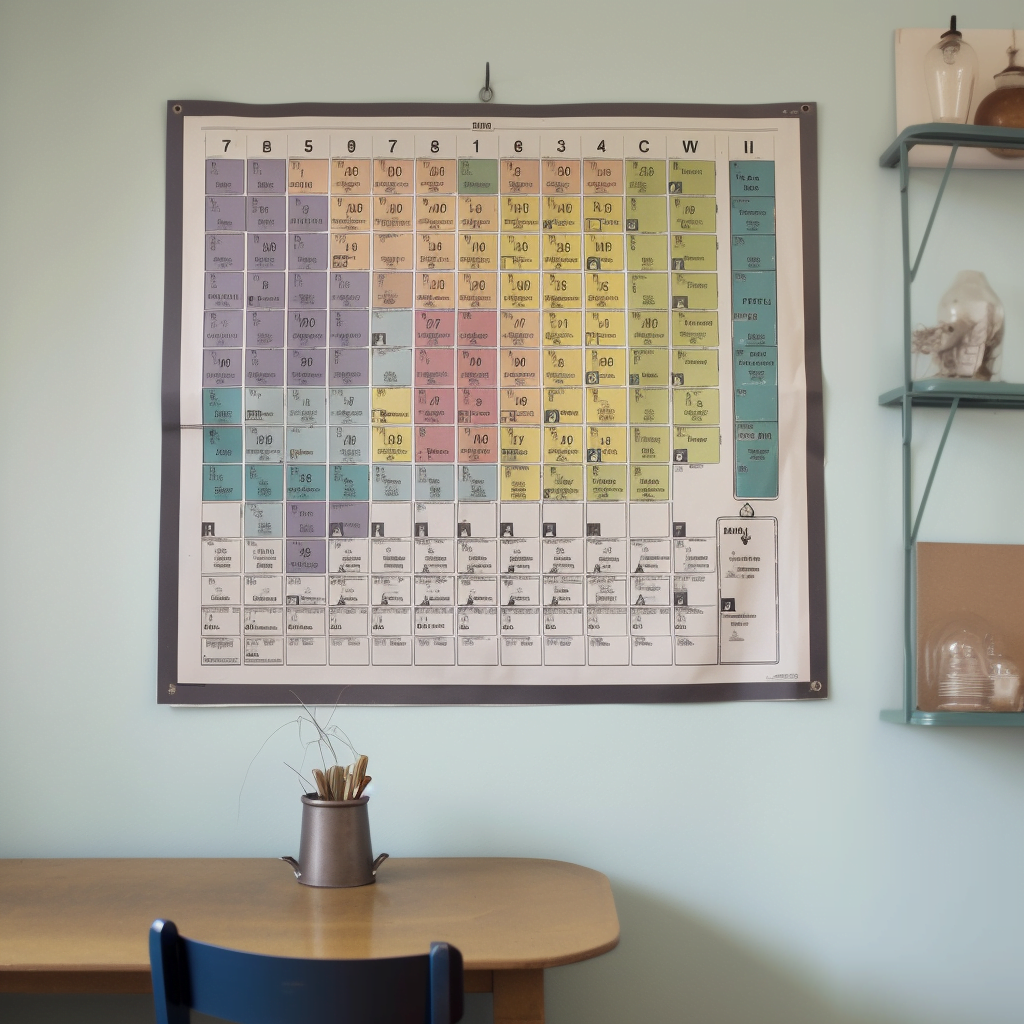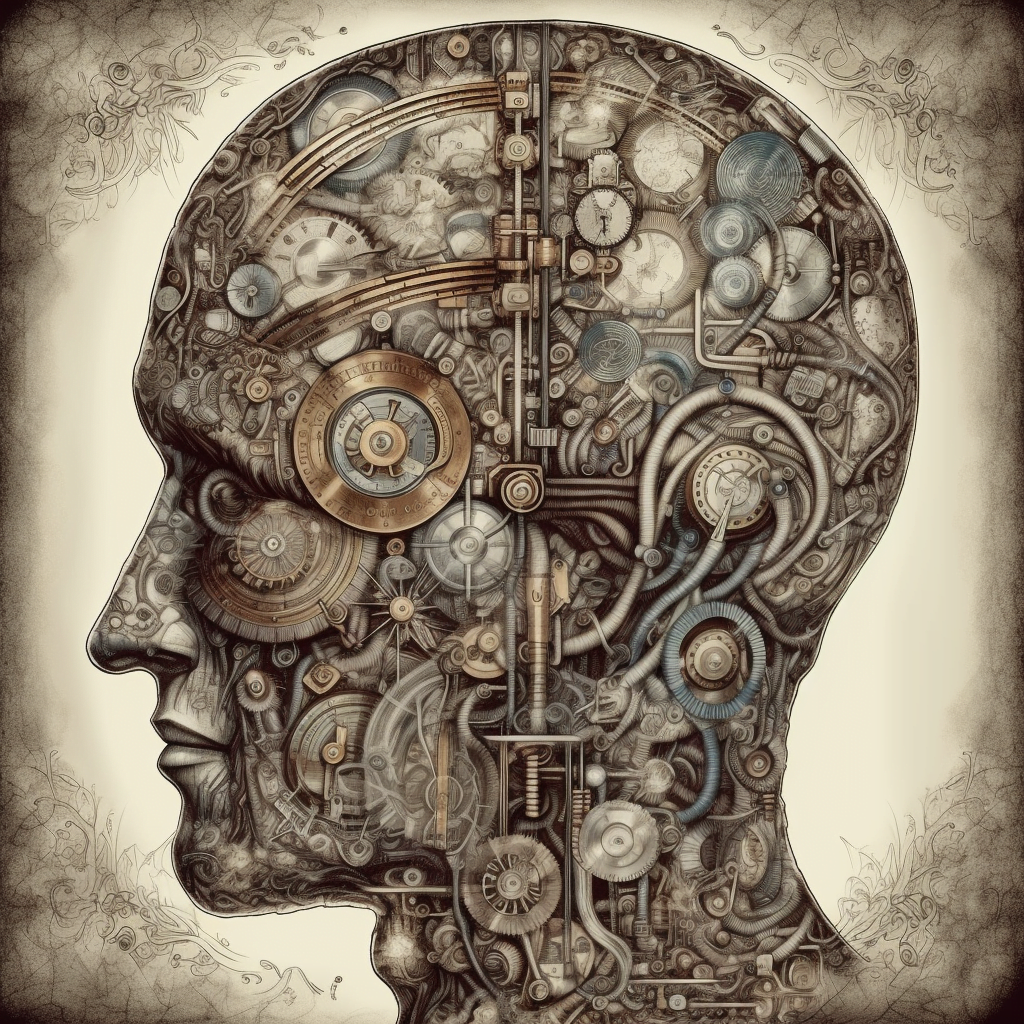
Mnemonics are a technique to help you remember something easier. Technically speaking, any technique you use to help you remember something can be a mnemonic. We often see in movies when doctoral students, who are ungodly brilliant, of course, will memorize long complex acronyms and suddenly ace their exam.
When they come up with these acronyms, like say, HMOG HWIP FMTTY, the brain is able to use these devices to remember that that phrase, in fact, means “Holy Mother of God, How Will I Pay For My Tuition This Year?”
Especially when shouted from the rooftops, praying someone will listen.
What is Mnemonics in Psychology?
Have you ever used a sea shanty to remember a tricky fact or a silly rhyme to recall a phone number? If so, you’ve used a mnemonic device! It’s like a treasure map for your memory – a tool to help you find and remember information that might be otherwise lost at sea.
Mnemonic devices come in many forms, like the classic acronyms (ROYGBIV for the colors of the rainbow) or the Method of Loci (imagining a mental “memory palace” to store information). But the possibilities are as endless as the seven seas – from silly stories to outrageous imagery, there’s a mnemonic device out there for every type of learner.
So if you’re struggling to remember important dates, long lists, or even foreign language vocabulary, don’t walk the plank just yet! Try creating a mnemonic device to help you remember the information and make it stick in your brain like barnacles on a ship’s hull.
Different Types of Mnemonics
Let’s talk about the different types of mnemonic devices that can help you remember anything from the name of that new colleague at work to the ingredients of your favorite recipe!
First, there are acronyms, which are words formed from the first letters of each item in a list. For example, HOMES is an acronym that can help you remember the names of the Great Lakes: Huron, Ontario, Michigan, Erie, and Superior.
Next up, there are acrostics, which are sentences or phrases where the first letter of each word corresponds to a particular piece of information. A classic example is “Every Good Boy Does Fine,” which can help you remember the notes on the lines of a treble clef in music: E, G, B, D, and F.
Chunking is when we break down a large amount of information into smaller, more manageable “chunks”. For example, if you were trying to remember a long number, you could chunk it into smaller groups, like a phone number (xxx-xxx-xxxx). This makes it easier to remember because it’s now just three smaller pieces of information instead of one large one.
Association is when we link new information to something we already know. For example, if you were trying to remember the name “Benjamin Franklin”, you could associate it with the fact that he was one of the Founding Fathers of the United States. By linking the new information (his name) to something you already know (his historical significance), it becomes easier to remember.
Rhymes and songs are also great mnemonic devices. They use rhythm and melody to help you remember information. For example, “In fourteen hundred ninety-two, Columbus sailed the ocean blue” can help you remember the year Columbus discovered America.
And last but not least, there are memory palaces or the method of loci. This technique involves creating a mental image of a familiar place and associating the items you want to remember with specific locations in that place. For example, you could picture your childhood home and associate the items on your shopping list with different rooms or objects in the house.




